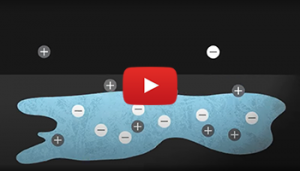Newsletter - Volume 3 Issue 1

 In this issue:
In this issue:
- Ionocaloric Cooling
- The Correct Way To Use Heat Exchangers
- Marine Cooling Application Cooling
- Progressive Enclosure Cooling
Featured video: Iconocaloric Cooilng

Ionocaloric Cooling
Scientists at Lawrence Berkley National Laboratory have patented a new method of heat exchange. According to the sources below, “An electrical current to a phase changing material in a system. This causes the material to change from a solid to a liquid, so that the material absorbs heat from the surroundings. Since the material is now a liquid, it can be pumped out of the space needing to be cooled, such as an enclosure. Once out of the space, the current is removed from the material and it reverts back to a solid and releases heat.
The authors of a paper on this subject suggest that calcium carbonate is a good choice for a material to use in this type of cooling system compared to other available choices.2
Sources:
1. https://phys.org/news/2023-01-scientists-cool-method-refrigeration.html

The Correct Way To Use Heat Exchangers
How to choose a heat exchanger
Heat exchangers come in two types: air to water and air to air.
When the electronic and other components in your enclosure could operate within their operating temperature ranges in an open air environment, an air to air heat exchanger may suit your application.
When you need to cool the components in your enclosure below ambient temperature, have a water supply available and are seeking an alternative to air conditioners, air to water heat exchangers could meet your applications needs. A typical application is the dissipation of high power losses from control cabinets.
Every application is unique, so check with a cooling equipment specialist or manufacturer if there is any uncertainty as to what will work best for your application.
The correct way to use heat exchangers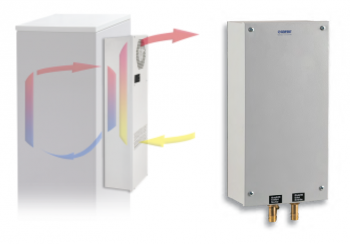 Air / air heat exchangers are used when cool ambient air is available but should not enter the control enclosure because of contamination. Air/air heat exchangers are mainly used in outdoor applications.
Air / air heat exchangers are used when cool ambient air is available but should not enter the control enclosure because of contamination. Air/air heat exchangers are mainly used in outdoor applications.
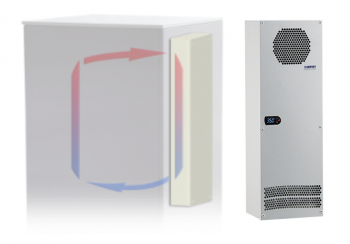
Air / water heat exchangers are mainly used when water cooling systems are available or if high power losses in small areas need to be handled.
In both cases the enclosure temperature is higher than the ambient air or cooling water.

Marine Cooling Application Cooling
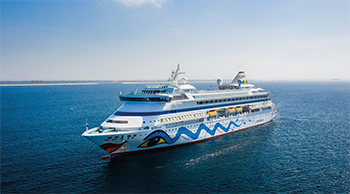 Marine applications like cruise ships expose machines and systems used to extreme environmental conditions. These applications require enclosure air conditioners that have high IP protection against incursion of water and dust as well as using corrosion-resistant materials. Seifert’s Progressive air conditioners are designed to meet these requirements.
Marine applications like cruise ships expose machines and systems used to extreme environmental conditions. These applications require enclosure air conditioners that have high IP protection against incursion of water and dust as well as using corrosion-resistant materials. Seifert’s Progressive air conditioners are designed to meet these requirements.

Progressive Enclosure Cooling
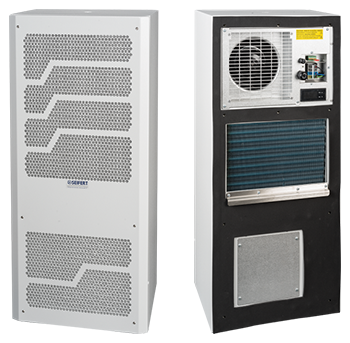 The SoliTherm Progressive line is designed for indoor and outdoor applications. Cooling capacities range from 1,000 BTU/hr to over 20,000 BTU/hr. Housing is available in 304 stainless steel or powder coated steel. Internal components are corrosion resistant.
The SoliTherm Progressive line is designed for indoor and outdoor applications. Cooling capacities range from 1,000 BTU/hr to over 20,000 BTU/hr. Housing is available in 304 stainless steel or powder coated steel. Internal components are corrosion resistant.
They are listed as UL Type 12, 4, 3R and 4X. Features include a programmable digital controller, integrated condensate evaporation package and optional heater.
Learn more.
For aggressive or polluted environments, various filter holders and filter media are available. View Air Conditioner Accessories for details.
If you have a question about enclosure cooling for your specific application, Seifert Systems' technical staff would be glad to speak with you. Email us at info.us@seifertsystems.com or call 401-294-6960 .
Please email suggestions for technical subjects you would like to suggest for this newsletter to this link: Newsletter Editor
